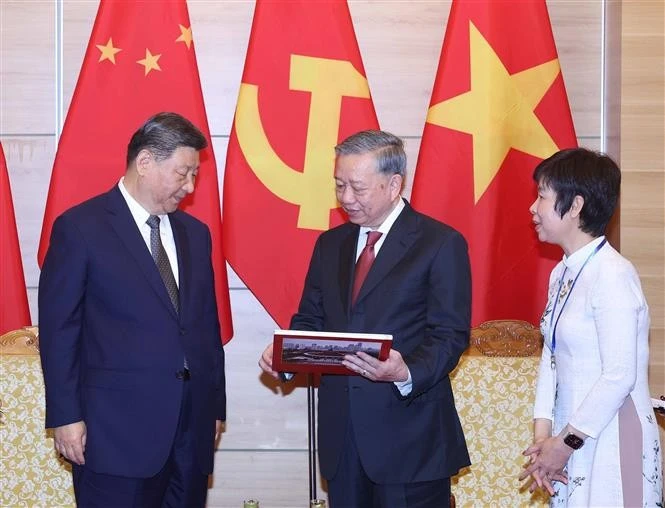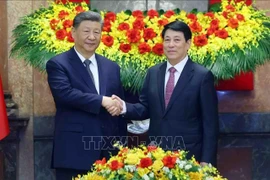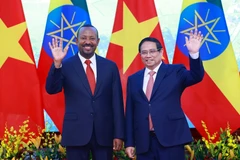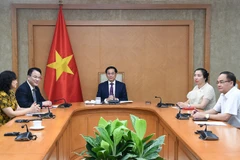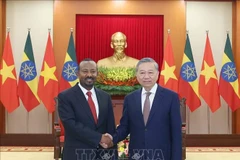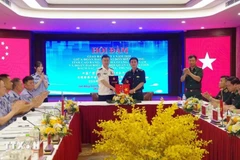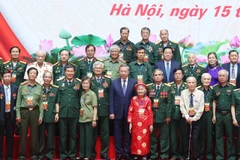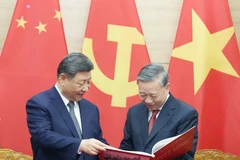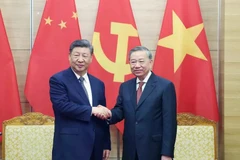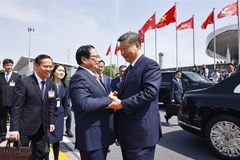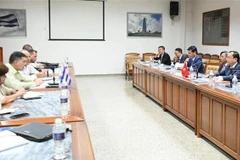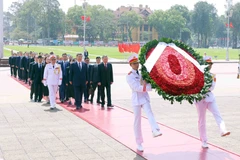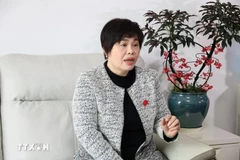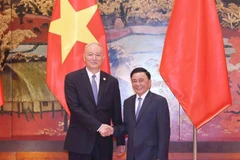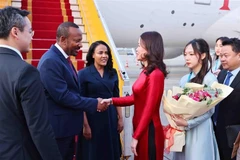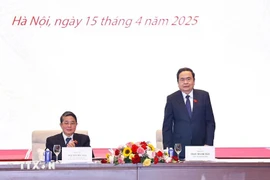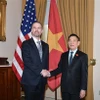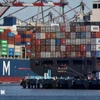Beijing (VNA) – During the state visit to Vietnam by Party General Secretary and President of China Xi Jinping, leaders of the two countries jointly outlined a new blueprint for building a Vietnam-China community with a shared future, which not only contributes to strengthening regional peace and stability but also promotes regional economic development and global economic growth, according to a Chinese scholar.
Speaking to the Vietnam News Agency (VNA) in Beijing, Liu Ying, a research fellow at the Chongyang Institute for Financial Studies under Renmin University of China, noted the high degree of complementarity between the two economies and their increasingly close economic and trade ties. Both countries, she stressed, are committed to building a community with a shared future that carries strategic significance.
According to Liu, Vietnam and China share similar political systems and development paths, both led by their respective Communist Parties and enjoying a high degree of political trust. In recent years, bilateral cooperation has grown stronger across politics, economy, and culture. High-ranking leaders from the two Parties and countries have engaged in exchanges, maintaining close communication on major strategic issues and fostering robust ties at all levels. The two sides have also established the “3+3” strategic dialogue mechanism on diplomacy, defence and public security.
Liu also underscored the expanding economic and trade collaboration between China and Vietnam. Both are fast-growing economies striving toward national modernisation. Two-way trade has flourished across a wide range of sectors, from textiles and household goods to agriculture, industrial products, electromechanical equipment, and new energy vehicles.
She pointed out that China’s modernisation experience could serve as a valuable reference for Vietnam. Moreover, the two nations are deepening practical cooperation in emerging areas such as science and technology innovation and the digital economy. These efforts, coupled with the development of modern productive forces, are set to accelerate the modernisation process in both countries.
Liu added that Vietnam and China could further leverage regional trade frameworks like the Regional Comprehensive Economic Partnership (RCEP), various free trade agreements, and sister-city partnerships. Additionally, mechanisms such as the Mekong-Lancang Cooperation and ASEAN-China cooperation will help both countries enhance their positions in global industrial and supply chains, promote the development of new quality productive forces, and drive regional economic integration.
The economic and trade ties have also promoted cultural exchanges between the two countries, while boosting the growth of the tourism industry, she said.
Xi’s visit to Vietnam represents a journey of reinforcing substantive cooperation, one that will yield tangible outcomes, advance political trust, strengthen defence-security cooperation, solidify the social foundation for bilateral ties, and tighten multilateral coordination, Liu noted.
She also noted that Xi’s tour to Vietnam, Malaysia, and Cambodia is poised to deepen China–ASEAN economic and trade cooperation across broader scopes and at deeper levels./.
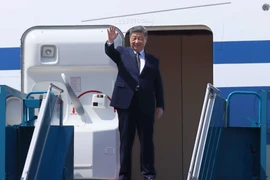
Top Chinese leader concludes state visit to Vietnam
On the afternoon of April 15, General Secretary of the Communist Party of China (CPC) Central Committee and President of China Xi Jinping departed Hanoi, successfully concluding his two-day state visit to Vietnam.
